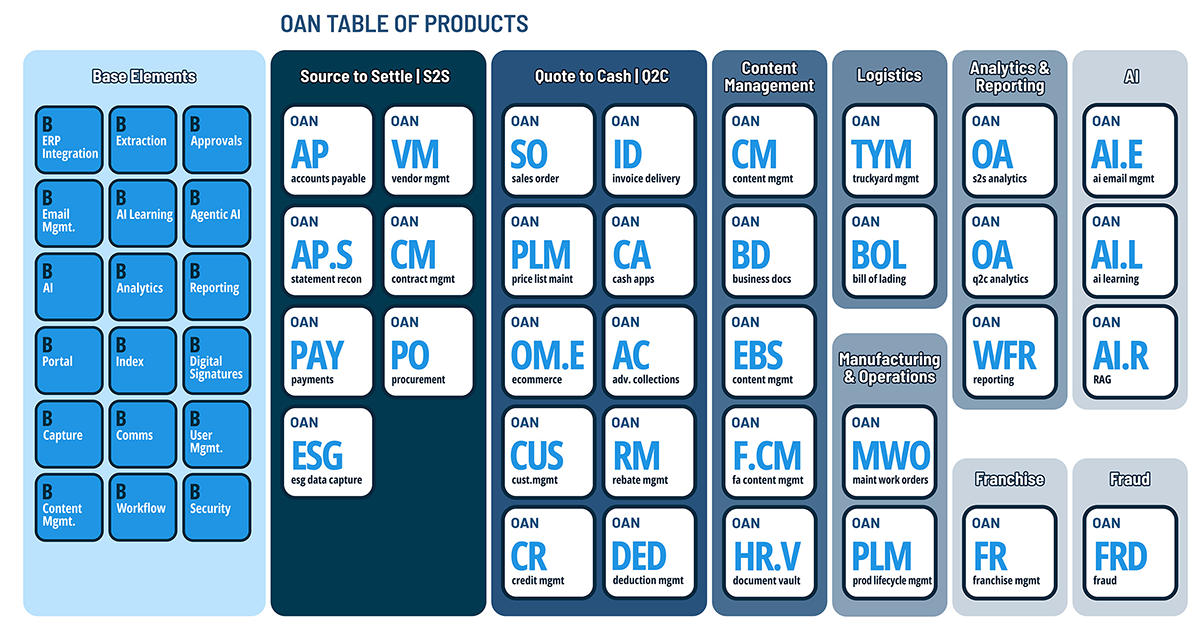In the ever-evolving role of today’s CFO, one responsibility remains constant: ensuring the financial resilience and agility of the organization. At the core of that responsibility lies an often under-leveraged opportunity—working capital optimization.
More than a simple accounting exercise, optimizing working capital is a strategic imperative for any organization seeking to enhance liquidity, lower financing costs, and reinvest capital in growth initiatives. In a high-interest, high-volatility landscape, CFOs who don’t prioritize this discipline risk missing out on critical efficiency gains and strategic flexibility.
What Is Working Capital Optimization?
Working capital refers to the difference between a company’s current assets and current liabilities. It captures the cash tied up in everyday operations, including accounts receivable, inventory, and accounts payable.
Working Capital = Current Assets – Current Liabilities
Optimization means making that capital work harder. It’s about finding the right balance—freeing up cash from receivables and inventory without compromising service levels, and extending payables in a way that preserves supplier relationships.
When managed strategically, working capital becomes a source of liquidity that can reduce dependence on external borrowing, improve financial ratios, and create a competitive advantage.
Why Working Capital Optimization Matters for CFOs
1. Unlocking Liquidity Without Raising Capital
One of the most immediate benefits of working capital optimization is the ability to unlock trapped cash. Instead of turning to banks or issuing equity to fund investments, CFOs can access internal sources of cash by improving collections, streamlining inventory, and extending payment terms responsibly.
This approach improves the company’s cash conversion cycle (CCC), reduces interest expense, and enhances free cash flow.
2. Enhancing Shareholder Value
Investors and boards are increasingly scrutinizing cash metrics. A CFO who can show progress in reducing Days Sales Outstanding (DSO), shortening inventory turnover, or extending Days Payable Outstanding (DPO) sends a strong message of operational control and fiscal discipline.
Optimizing working capital directly supports key metrics, such as Return on Capital Employed (ROCE) and Free Cash Flow Yield, which are indicators that investors rely on to gauge enterprise value.
3. Strengthening Supplier and Customer Relationships
Contrary to the perception that working capital strategies strain relationships, optimized processes often lead to stronger collaboration and more effective teamwork. For example, automating payment scheduling can ensure vendors are paid predictably. Improving customer invoicing and communication helps reduce disputes and fosters greater trust.
The right tools can help finance leaders maintain flexibility while nurturing these relationships.
Key Areas of Optimization
1. Accounts Receivable (A/R)
Speeding up collections without alienating customers is a key lever. With the right automation tools, companies can standardize invoice delivery, automate reminders, and analyze customer behavior to prioritize collections strategically. Reducing DSO by just a few days can unlock substantial liquidity.
2. Accounts Payable (A/P)
Delaying payment responsibly—without incurring late fees or harming supplier trust—can free up working capital. CFOs can segment suppliers, automate payment scheduling, and leverage early payment discounts where appropriate.
3. Inventory Management
Holding excess inventory ties up cash and adds carrying costs. CFOs should invest in demand forecasting tools, collaborate closely with operations, and minimize the presence of obsolete or slow-moving stock. This shortens inventory turnover and strengthens the balance sheet.
The Role of Automation in Working Capital Optimization
Optimizing working capital is not a one-time project—it’s a continuous discipline powered by data and process visibility. That’s where automation, like the solutions offered by oAppsNET, makes a measurable difference.
- Automated A/R and A/P Workflows ensure the standardized and timely processing of invoices and payments.
- Real-Time Dashboards provide visibility into working capital KPIs across departments.
- Predictive Analytics help identify trends and forecast cash flow scenarios based on seasonal patterns or customer behavior.
- Exception Management Tools allow teams to proactively address bottlenecks before they impact liquidity.
With oAppsNET’s automation tools, CFOs can turn insights into action and foster a more responsive, data-driven finance function.
A Strategic Lever in the Modern CFO Toolkit
The office of the CFO is no longer just a cost center—it’s a command center for strategy, risk mitigation, and growth. Working capital optimization is one of the most immediate, impactful ways CFOs can improve cash flow and increase organizational agility.
By embedding this practice into everyday decision-making and empowering teams with the right tools, CFOs gain the freedom to invest, the flexibility to adapt, and the credibility to lead.
At oAppsNET, we specialize in helping CFOs and finance teams automate core processes, uncover hidden inefficiencies, and achieve better financial outcomes. If you’re ready to unlock liquidity and transform working capital into a strategic asset, let’s start the conversation.

